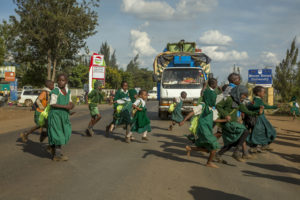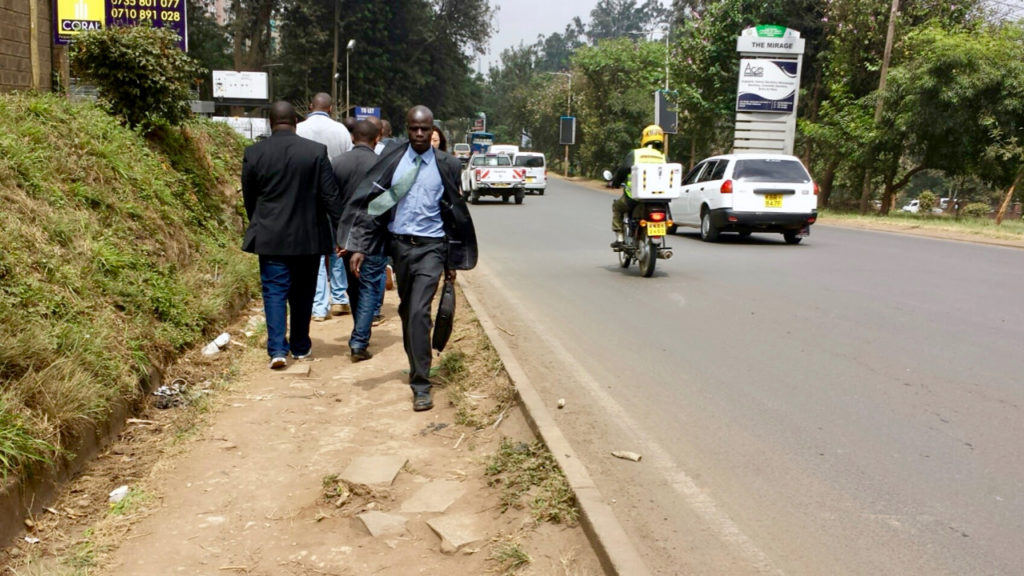An estimated 1.25 million people are killed in traffic crashes annually and injuries from traffic crashes are currently the ninth leading cause of death globally. The problem is particularly serious in the African region. The World Health Organization (WHO) found that residents of the African region suffered the highest road traffic fatality rate in the world: 26.6 road fatalities per 100,000 population, compared with Europe’s global low rate of 9.3 per 100,000.

Pedestrians and cyclists are particularly vulnerable road users. Pedestrian deaths account for 22 per cent of all fatalities globally. Africa sees the highest fraction of pedestrian deaths: fully 39 per cent of total traffic deaths on the continent. Children living in poor urban communities across Africa are exposed to unacceptable levels of risk from road traffic injury. Worldwide, traffic crashes are expected to surpass AIDS and malaria as the leading cause of death among children by 2030.
Motorised traffic is a key source of local pollutants, including carbon monoxide, sumpur dioxide, nitrogen oxides and other particulate matter resulting in the deaths of seven million people annually by causing health problems such as bronchitis, asthma, heart disease and brain damage. Commutes taken on foot or bike produce zero emissions, are affordable and provide other significant social, economic and environmental benefits.
Key challenges for people who walk and cycle:
- Lack of infrastructure for the most vulnerable. Main roads lack safe walkways, pedestrian crossings, cycle tracks, and other facilities that ensure safe, convenient access. Pedestrians and cyclists are left to navigate through fast-moving traffic.
- Poor traffic & road space management. Lack of enforcement, combined with poor street design, leads to speeding and other types of dangerous driving behaviour. Where walking and cycling facilities exist, they are often occupied by parked vehicles.
- Failure to regulate vehicle emissions. Outdated emission standards along with inadequate enforcement allow polluting vehicles to stay on the road.
- Lack of inclusion in the planning process. Evidence-based planning and participatory design are key to planning for NMT facilities. Lack of inclusion of people who walk and cycle- especially vulnerable groups such as children- leads to designs that are unresponsive to their needs.
